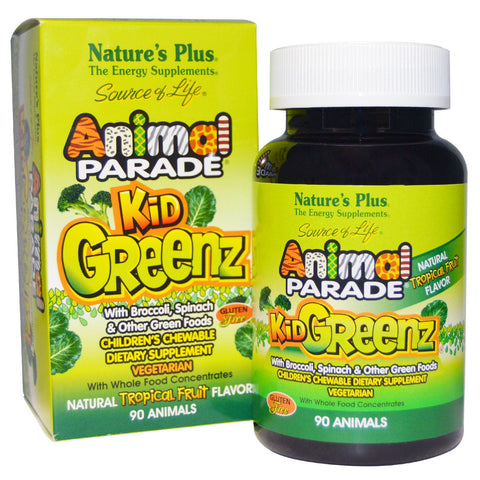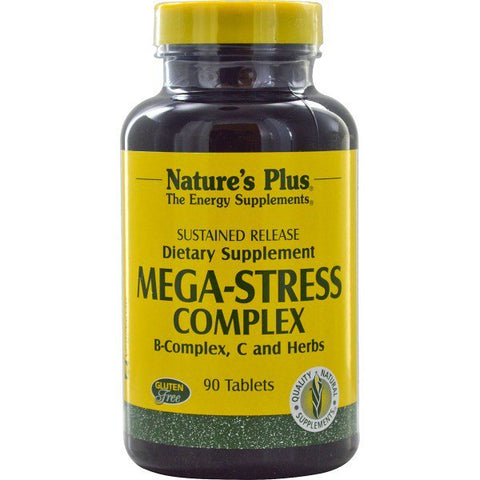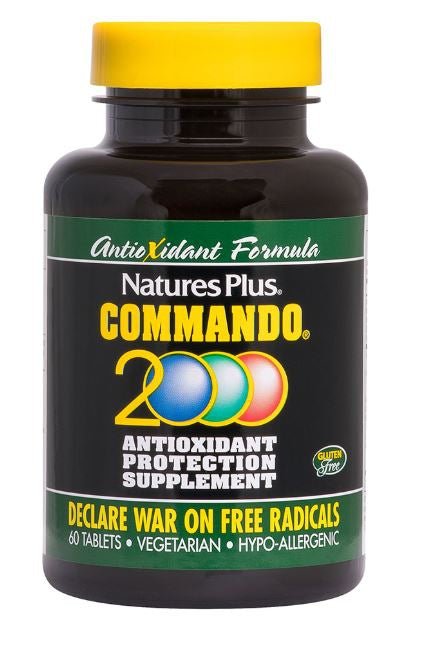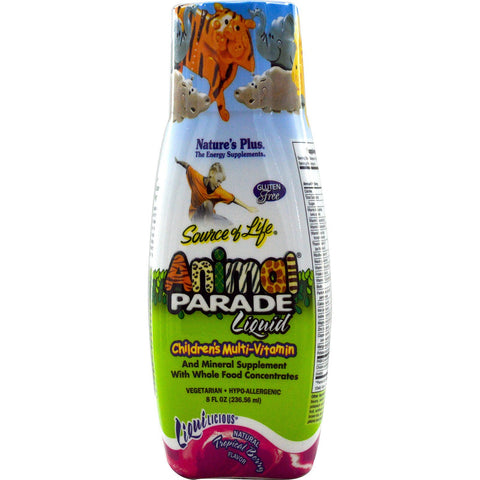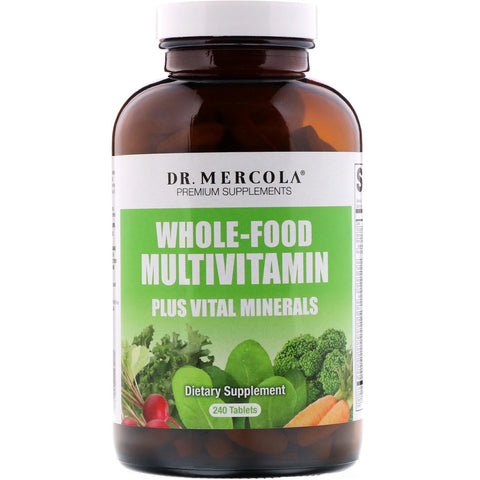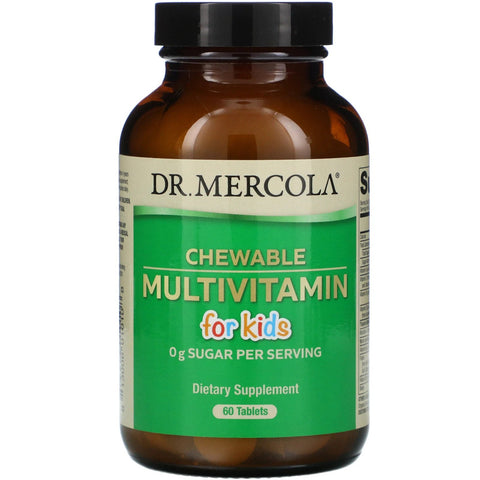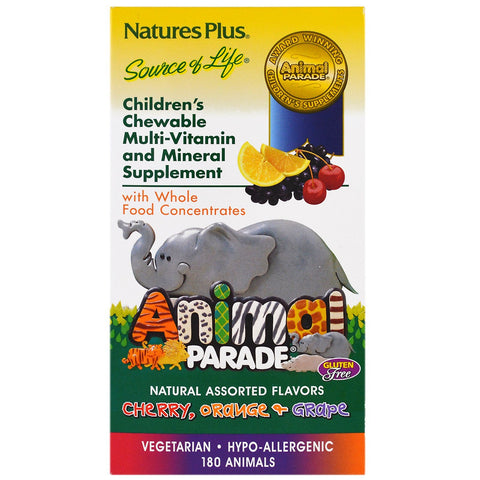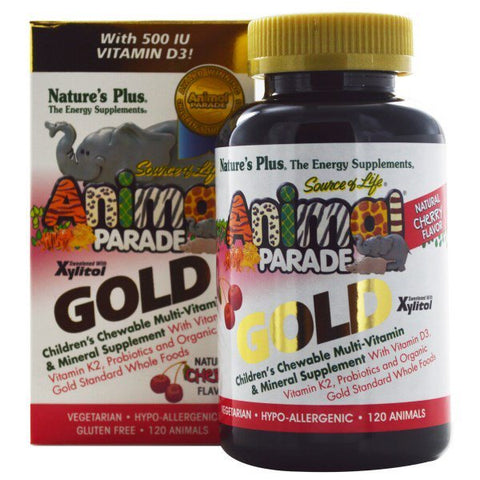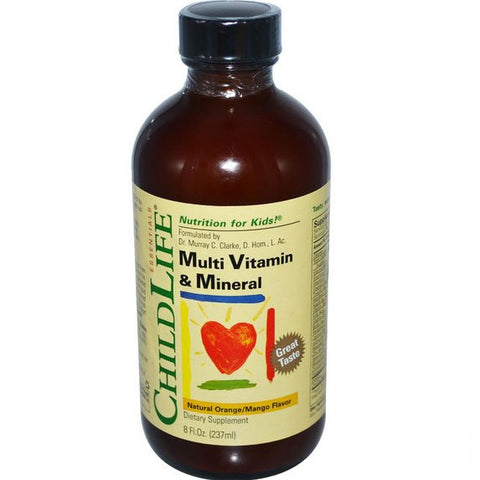12 products
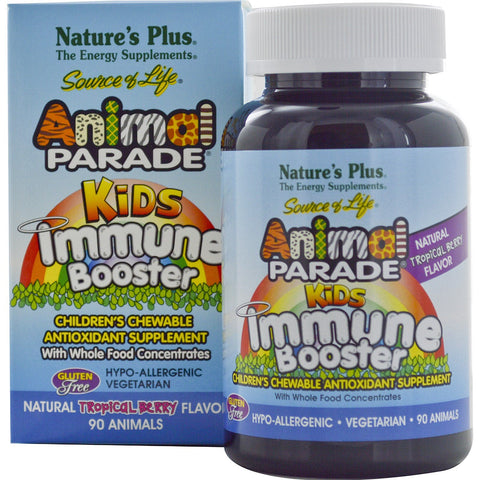
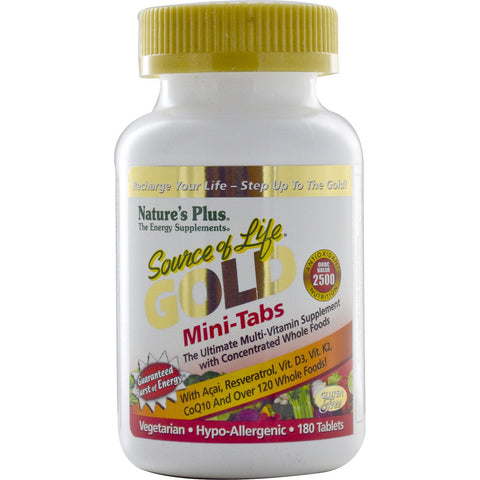
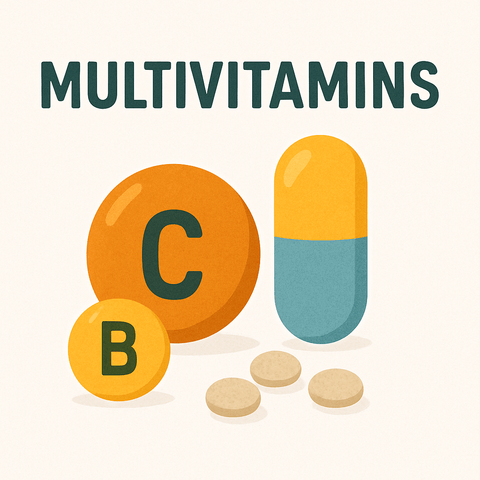
Multivitamins: Understanding Their Role in Balanced Nutrition
🧾 Multivitamins: Understanding Their Role in Balanced Nutrition
📚 Table of Contents
-
Introduction
-
What Are Multivitamins?
-
Types of Nutrients Commonly Found in Multivitamins
-
Forms of Multivitamins
-
How Multivitamins Fit Into the Diet
-
Differences Between Formulations
-
Multivitamin Ingredients Explained
-
How Multivitamins Are Made
-
What to Consider Before Choosing a Multivitamin
-
Common Questions About Multivitamins
-
Conclusion
1. 📖 Introduction
Multivitamins are among the most widely used dietary supplements globally. Found in pharmacies, supermarkets, and health food stores, these products are designed to provide a variety of vitamins and minerals—usually in small amounts—alongside other nutrients.
While multivitamins are not a replacement for food, they are often used to complement a varied diet. This article explores multivitamins from a non-claim-based, informational perspective, breaking down what they are, how they’re made, and how people integrate them into their lifestyles.
2. 🔍 What Are Multivitamins?
Multivitamins are dietary supplements that contain a combination of vitamins, minerals, and sometimes other nutrients. They are typically formulated in one convenient daily serving such as a tablet, capsule, powder, or liquid.
They may contain:
-
Essential vitamins (e.g., A, C, D, E, K, and B-complex)
-
Essential minerals (e.g., zinc, iron, calcium, magnesium)
-
Trace elements (e.g., selenium, iodine, chromium)
-
Additional nutrients (e.g., omega-3s, herbs, enzymes—depending on the brand)
Each product varies depending on the intended demographic, such as children, men, women, seniors, athletes, or those on specific diets.
3. 🌈 Types of Nutrients Commonly Found in Multivitamins
Multivitamins are typically designed to include a wide spectrum of nutrients:
✅ Vitamins
Grouped into fat-soluble and water-soluble categories:
-
Fat-soluble: A, D, E, K
-
Water-soluble: B1 (thiamine), B2 (riboflavin), B3 (niacin), B5, B6, B7 (biotin), B9 (folate), B12, and C
✅ Minerals
Essential minerals often included are:
-
Macro-minerals: Calcium, magnesium, potassium
-
Trace minerals: Iron, zinc, copper, selenium, manganese, iodine, chromium, molybdenum
Some multivitamins also include elements like boron or vanadium, although in smaller amounts.
4. 💊 Forms of Multivitamins
Multivitamins are available in a wide variety of forms, including:
-
Tablets: Most common; easy to store and transport
-
Capsules: Gelatin or plant-based; may dissolve faster
-
Softgels: Typically used for fat-soluble nutrients or oils
-
Gummies: Popular with children or those who dislike swallowing pills
-
Powders: Often used for athletic or high-dose formulations
-
Liquids: Absorbed quickly; useful for those with swallowing difficulties
Each format may have differences in bioavailability, stability, and shelf life.
5. 🥗 How Multivitamins Fit Into the Diet
Multivitamins are not intended to replace meals or whole foods, which provide fiber, protein, fats, and phytonutrients. Instead, they’re often considered a supplementary source of vitamins and minerals.
In practice, individuals may choose to use multivitamins:
-
As part of a daily wellness routine
-
During periods of dietary restriction (e.g., vegan, keto, fasting)
-
In busy lifestyles where meal variety may be limited
-
In consultation with healthcare professionals
6. ⚖️ Differences Between Formulations
Not all multivitamins are created equal. Formulations can vary based on:
| Factor | Description |
|---|---|
| Target Age Group | Children, adults, seniors |
| Gender | Some include iron for women or lycopene for men |
| Lifestyle | Athletes, pregnant women, vegans |
| Formulation Type | Whole-food based, synthetic, organic |
| Delivery Form | Gummy, capsule, tablet, liquid |
Consumers are encouraged to read labels and understand nutrient percentages, serving sizes, and ingredient quality.
7. 🔬 Multivitamin Ingredients Explained
Let’s take a look at some common components you’ll find in many multivitamin labels:
Vitamins
-
Vitamin A: Provided as beta-carotene or retinyl acetate
-
Vitamin D: Typically D2 (ergocalciferol) or D3 (cholecalciferol)
-
Vitamin E: d-alpha tocopherol (natural) or dl-alpha tocopherol (synthetic)
-
Vitamin C: Usually ascorbic acid or calcium ascorbate
-
B-Complex: Often includes all eight B vitamins in various forms
Minerals
-
Calcium: Found as carbonate, citrate, or lactate
-
Magnesium: Often in oxide or citrate form
-
Zinc: Common forms include gluconate and picolinate
-
Iron: Can be ferrous fumarate, sulfate, or bisglycinate
-
Selenium: Typically included as selenomethionine
Other ingredients may include amino acids, fatty acids, probiotics, or herbal extracts.
8. 🏭 How Multivitamins Are Made
The production of multivitamins involves several quality-controlled steps:
-
Formulation Development – Nutrients are selected and balanced for synergistic value
-
Raw Material Testing – Purity, stability, and safety of each ingredient are assessed
-
Blending – Ingredients are mixed to ensure uniform distribution
-
Encapsulation or Tableting – The blend is formed into pills, capsules, or powders
-
Coating (if applicable) – Some tablets are coated to ease swallowing or improve shelf life
-
Packaging – Bottled with desiccants or sealed to avoid moisture and oxidation
-
Quality Assurance – Finished products undergo testing for potency and contamination
9. 🛒 What to Consider Before Choosing a Multivitamin
✔ Label Transparency
-
Look for clearly listed ingredients and nutrient quantities
-
Prefer brands that indicate % of Nutrient Reference Values (NRVs)
✔ Bioavailability
-
Some forms are better absorbed than others (e.g., methylcobalamin vs. cyanocobalamin for B12)
✔ Additives and Fillers
-
Check for artificial colors, preservatives, or allergens
✔ Certifications
-
Third-party testing, Good Manufacturing Practice (GMP), vegan or organic labels
✔ Shelf Life
-
Choose packaging that protects against light, heat, and moisture
10. ❓ Common Questions About Multivitamins
Q1: Do multivitamins expire?
Yes, like all supplements, they have a shelf life—usually between 1–3 years. Store in a cool, dry place for maximum longevity.
Q2: Can multivitamins be taken on an empty stomach?
Some forms are better taken with food, particularly fat-soluble vitamins (A, D, E, K), for better absorption.
Q3: How many multivitamins should you take per day?
Follow the serving size listed on the label. Taking more than recommended may not offer additional benefit and could increase intake of certain nutrients beyond safe levels.
Q4: Are multivitamins suitable for children?
Yes, but only products specifically designed for children should be used, and dosage should match age group guidelines.
Q5: Can multivitamins interact with medications?
Yes. Certain vitamins and minerals can interfere with medications. Always consult a healthcare provider before adding a new supplement.
11. ✅ Conclusion
Multivitamins are designed to provide a broad spectrum of essential nutrients in one convenient serving. While they are not a replacement for a healthy, balanced diet, they may be used to help bridge nutritional gaps in certain scenarios.
A quality multivitamin is:
-
Transparently labeled
-
Suitably dosed
-
Matched to the individual’s age, lifestyle, and dietary needs
-
Stored properly and taken according to instructions
When chosen carefully and used mindfully, multivitamins can become a valuable addition to your wellness routine—particularly when guided by sound dietary principles and professional advice.

